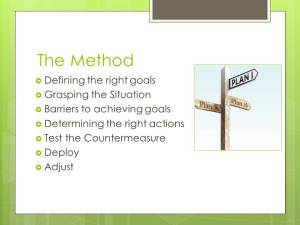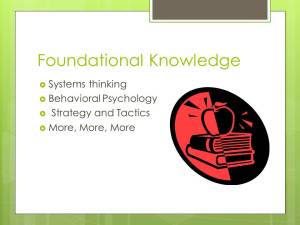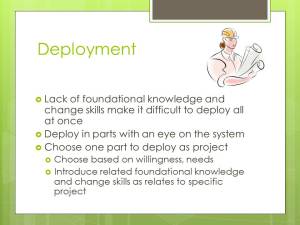Control. So many people want it. They want to use it like a super power, like a panacea against all that is wrong with the world.
Yet, who wants to be controlled? Not many that I know of. In fact the exercise of control usually yields the opposite intent because I certainly don’t’ want to cede my control to you.
And what people usually exert when they think they are exercising control is dictation: the power to dictate the terms and conditions of the situation.
Again, who wants to be on the receiving end of that? As suspected, not many.
Add this to the reality that you don’t get control of the countless variables swirling around you that impact your environment, if in fact you are even aware of them.
So what is one to do when one realizes control rarely yields the results one desires and the rest of it is beyond your reach to control?
Acceptance. Acceptance that you only have agreeable control over your own actions.
Why is this so important? It’s important because you can begin to shift your energy away from counterproductive actions and you reduce all the negative vibes around resistance to your attempts to control. You end up with more positive energy. Positive energy that is so often in short supply.
And when you become the purveyor of positive energy, you become a beacon. People are drawn to positive energy. And as a beacon you can move from control to influence.
Think of yourself as a gardener. The plants are the people and the projects you are trying to help thrive. Your job is not to change their DNA, to turn them into different plants. Your job is to water, fertilize, pull weeds and keep the soil loose. Your job is to create an environment where they can thrive. And yes sometimes you have to move plants from sun to shade or from sandy to clay. A healthy garden is always changing.
Be the gardener and reap the rewards.























